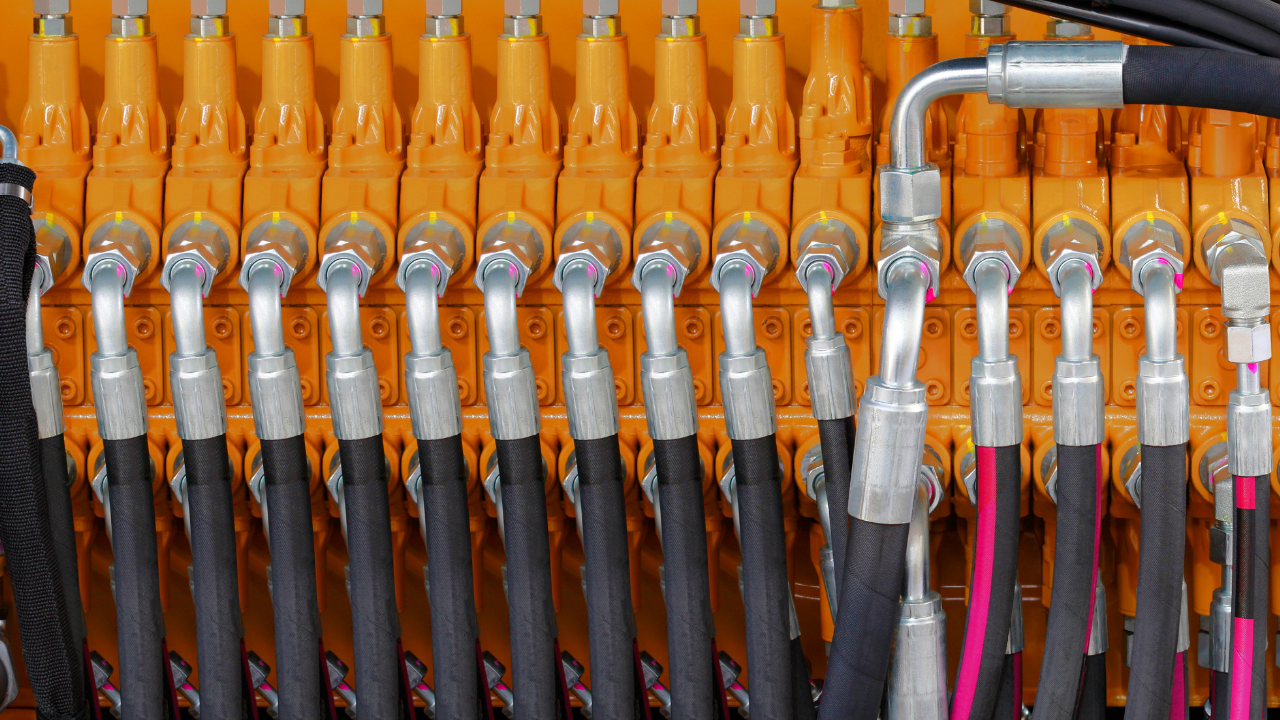Symbiosis of Maintenance and Safety in Process Industry
Plant Maintenance Resource Center
Abstract
This article highlights the mutual relationship between maintenance and safety. Process industry is generally based on the cascading effect of various unit operations. In order to maintain these operations proactive maintenance practices should be adopted. Planned Maintenance and Autonomous maintenance should be adopted and integrated with safety aspects.
Introduction
The overall objective of the maintenance process is to reduce downtime, increase MTBF, prevent deterioration of equipment and ensure that there are no accidents/incident in the workplace due to mechanical failures. The process industry has witnessed some of the major disasters in the world. The prominent among them were Bhopal (India, 1984), Flixoborough (England ,1974 ) and Seveso (Italy, 1976). The major reasons for the above disasters were due to negligence, not working in accordance with engineering practices and inadequate maintenance plan as highlighted by Kletz (1994) . Bhopal wouldn’t have happened if the protective equipment were in place. Also, the Refrigeration system was shut down without any plan and the flare system which could have arrested the vapors by burning them was out of order. All these events led to the domino effect which caused the release of MIC (Methyl Iso Cyanide) thereby creating havoc as reviewed by Crowl & Louvar (1990).
Recently a check valve used to control process gas flow for hydrocarbon gas service at shell oil company (USA, 1997) failed due high stress load on drive shaft dowel pin. The pin fractured and drive shaft was expelled from the valve resulting in a large flammable gas leak and vapor cloud explosion as comprehended by US EPA and OSHA (1998).The plant downtime was 3 hours while the explosion was felt 10 miles away. This resulted in many minor injuries and equipment damage. The above incidents confirm that the accidents happened due to mechanical failures coupled with operational errors so there is a need for proactive approach on maintenance of unit operations.
Methodology
Maintenance can be classified as follows:
- Planned Maintenance which includes Preventive, Predictive Shutdown and breakdown Maintenance
- Autonomous Maintenance which includes opportunity maintenance , small breakdown maintenance, daily checkup, lubrication, inspection, etc
Planned Maintenance
Step 1: Evaluate equipment and understand current conditions by preparing equipment ledgers, evaluate standards from manuals, define failure ranks and understand the process meticulously.
Step 2: Restore deterioration and correct weaknesses by preventing identical or similar major failures. Abolish environment which causes deterioration.
Step 3: Build up an information management system which consists of failure database, equipment budget and systems for controlling spares and standby units.
Step 4: Build a periodic maintenance system by preparing maintenance worksheets, equipment and components periodic maintenance and improve shutdown maintenance
Step 5: Build up predictive maintenance system .
Step 6: Evaluate the planned maintenance system by using reliability and cost data.
Autonomous Maintenance
Step 1: Create Motivation and Awareness about abnormalities in equipment & safety
Step 2: All round clean up of dust and dirt near equipment, discover abnormalities and implement lubrication to machine parts
Step 3: Prevent causes of dust and dirt, improve places which are difficult to clean and lubricate
Step 4: Prepare tentative standards for clean up, lubrication and machine parts adjustment
Step 5: Prepare inspection manuals , Expose and restore equipment defects
Step 6: Prepare and implement autonomous maintenance check lists
Step 7: Standardize management items, logistics, data records, tool management and process quality assurance
Step 8: Analyze and improve MTBF
Maintenance Prevention
“Prevention is better than cure”, this proverb sounds rightly in case of maintenance also. If the maintenance is prevented, then the availability of the plant increases and the overall cost reduces. Every effort should be made to avoid maintenance, which can be achieved through continuous monitoring of equipment and upgrading the sophistication of the equipment through better design and process improvement.
Methods of Maintenance Prevention
The various methods of maintenance prevention are:
- Design change
- Size change
- Material change
- Process Improvement
- Vendor change
Example 1 : Failure of Cutter used in fibre industry
The cutter drive gear- box was prone to frequent failures caused due to excessive failure of clutch plates. There were excessive vibrations of rotating parts causing high sound level, higher set- up time, and individual drive required machine stoppage for isolation. Hence, a design change was necessary to overcome these problems.
A Separate servo-drive was coupled to each cutter along a linear RPM controller linked to machine (speed) gear box, thereby eliminating staple gear and mechanical assembly in cutter drive gear box. The results indicated that the initial investment reduced by 2 lacs/machine, downtime reduced by 0.3%, maintenance cost reduced by 3 lacs/year/machine and power consumption reduced by 1 Lac/machine/year.
Example 2 : Trio Roller Shaft
Trio Roller is used for stretching the fibre after the reaction of sodium cellulose xanthate with spin bath (H2SO4,Alum,Na2So4) It was observed that trio roller shaft was subjected to:
- High Load
- Tow stretch
- Failure of shafts due to stress and strain
- Notch sensitivity
- Environmental condition (acidic medium)
- Frequent pitting leading to micro blowholes
These problems necessitated a change in design of trio roller shaft and following changes have been incorporated:
- Radius at notch sensitive areas
- Locating by M-60 threads
- Size increase from 115mm to 135mm to take the high load
- Bearing changed from 232226 to 23130K
Safety through Maintenance
Experience shows that half of the disaters occurred were due to bad maintenance practice while half due to negligence,operational errors, natural calamities etc. Implementation of planned and autonomous maintenance will mitigate these accidents/incidents related to equipment/workers/employees etc. If basic equipment conditions and proper operational practices are achieved then it will lead to zero accidents and zero failures.
Results
This article emphasis that to achieve safety in process industries, planned and autonomous maintenance practices should be implemented. . The approach should be quantitative and not only qualitative i.e. it should be in terms of Overall Equipment Effectiveness, MTBF, MTBM etc .
References
Kletz, K. (1994). What went wrong?: Case histories of Process plant Diasters (3 rd Edition):Texas:Gulf Publishing Company
Crowl, D.A, & Louvar, J.F (1990). Chemical Process Safety: Fundamentals with Application: New Jersey : Prentice Hall Inc.
Belke, J. C (1998). Recurring causes for recent chemical accidents: Investigated by US EPA & OSHA : The Plant Maintenance Resource Center :
Kale, S. R. (2003). A Framework For Implementation of Occupational Health and Safety Management Systems In Process Industry, Udyog Pragati Journal. Vol 4 ,29-35
Willmott Peter,” Total Productive Maintenance: The Western Way”, Buttersworth Heinmann Ltd., 1994.
Tokutaro Suzuki, “ TPM in Process Industry”, 1994
Srinath L.S., “ Reliability Engineering”, Affiliated East-West Press Private Limited, New Delhi, 1991.
Plant Maintenance Resource Center
Related Articles

All About Eye Protection
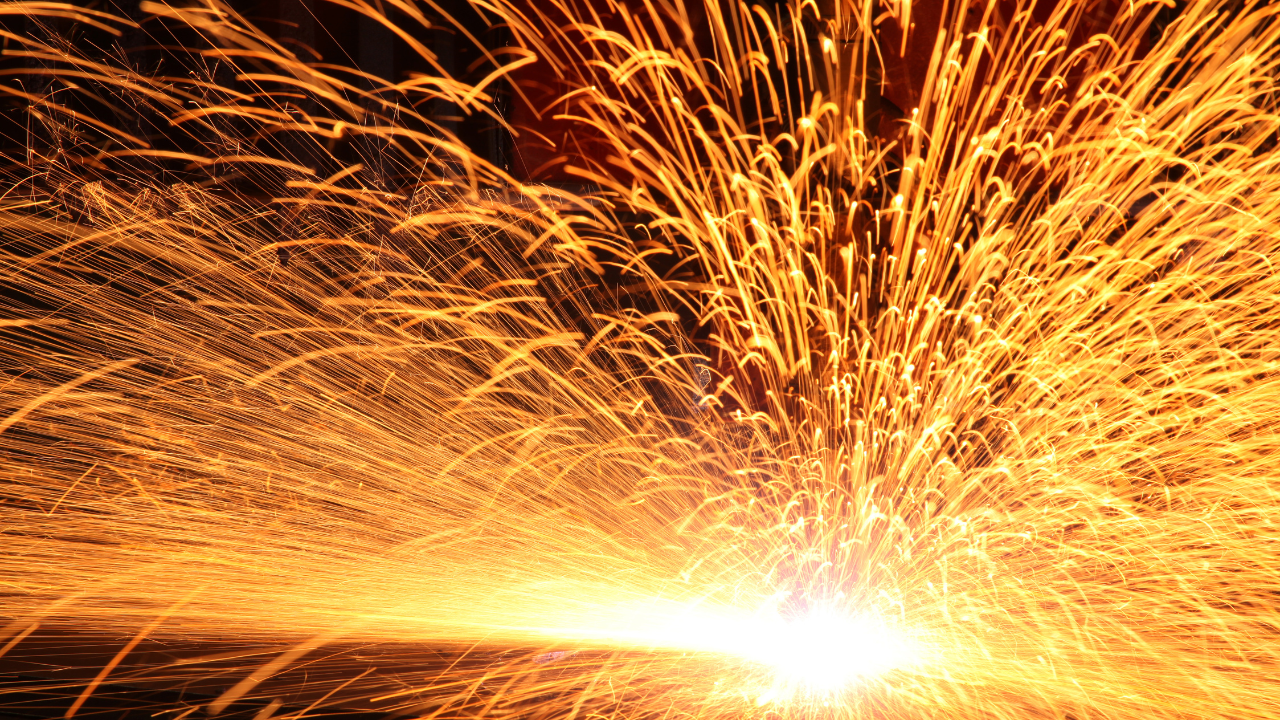
Arc Flash/Arc Blast Review with Safety Suggestions for Design & Maintenance
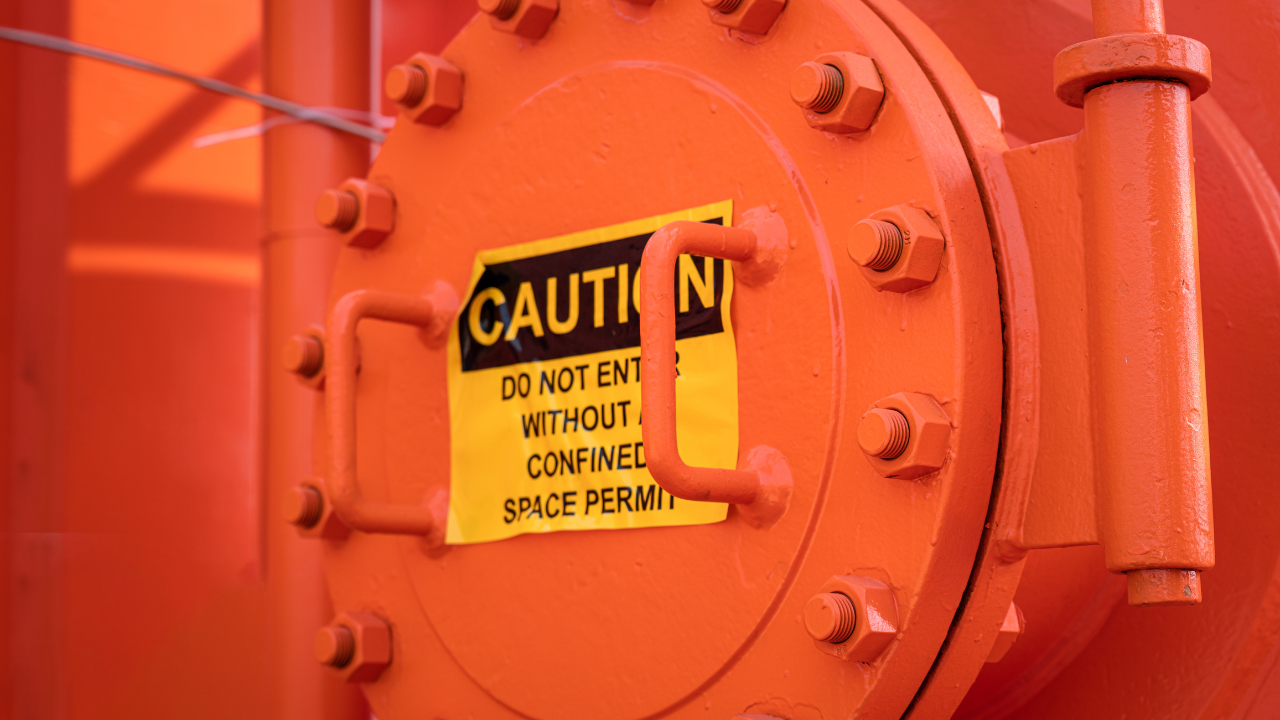
CSA Launches First Confined Spaces Standard in Canada

Do You Need NFPA 70E?
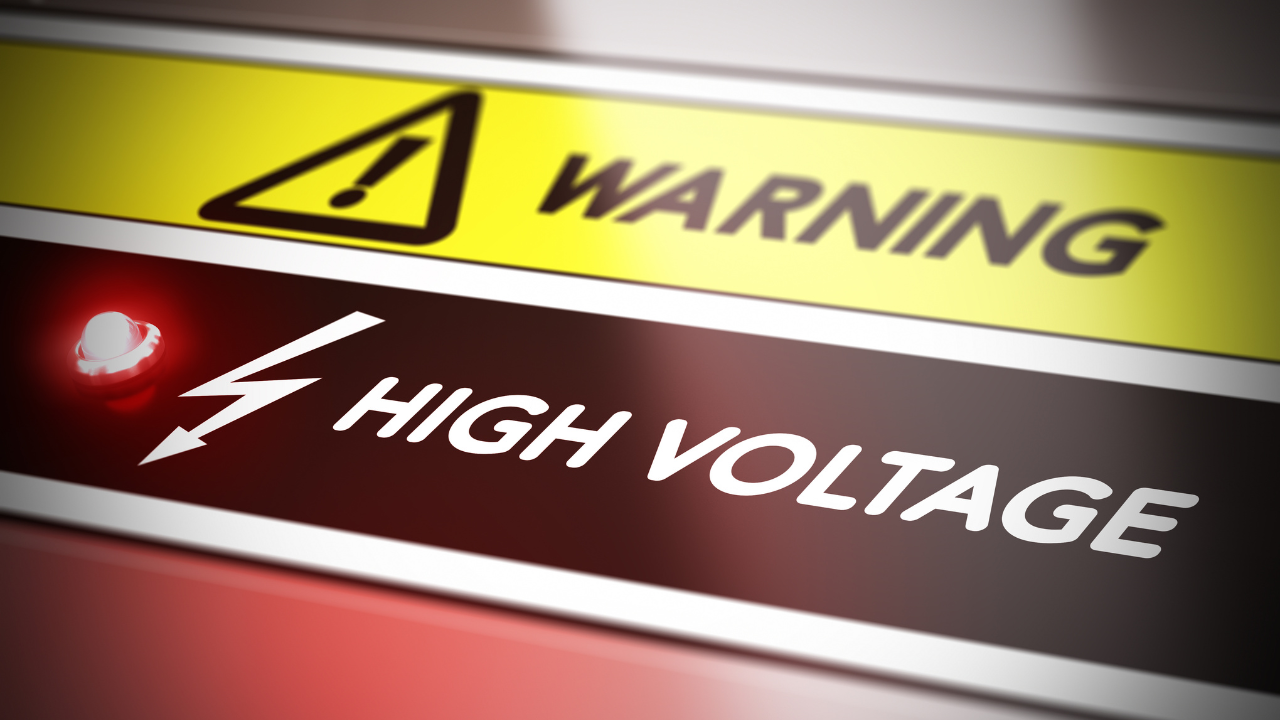
Electrical Hazards
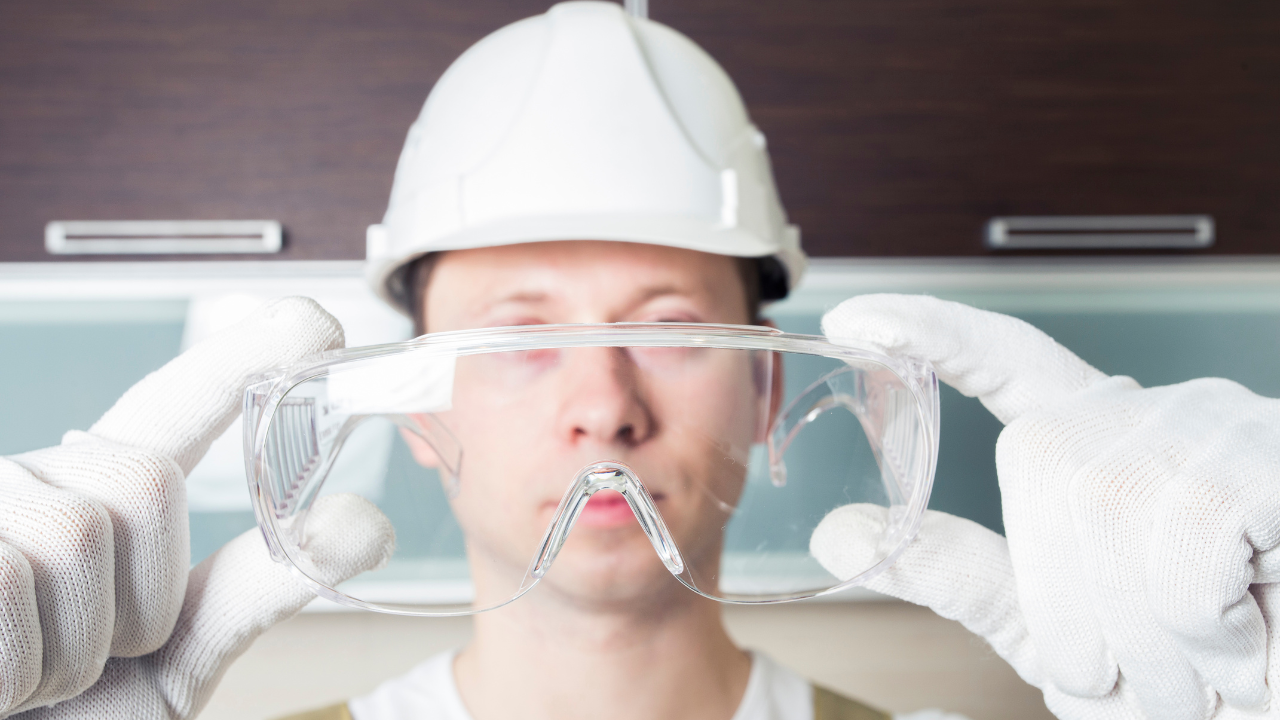
Eye Injuries are a Serious Threat to American Workers
